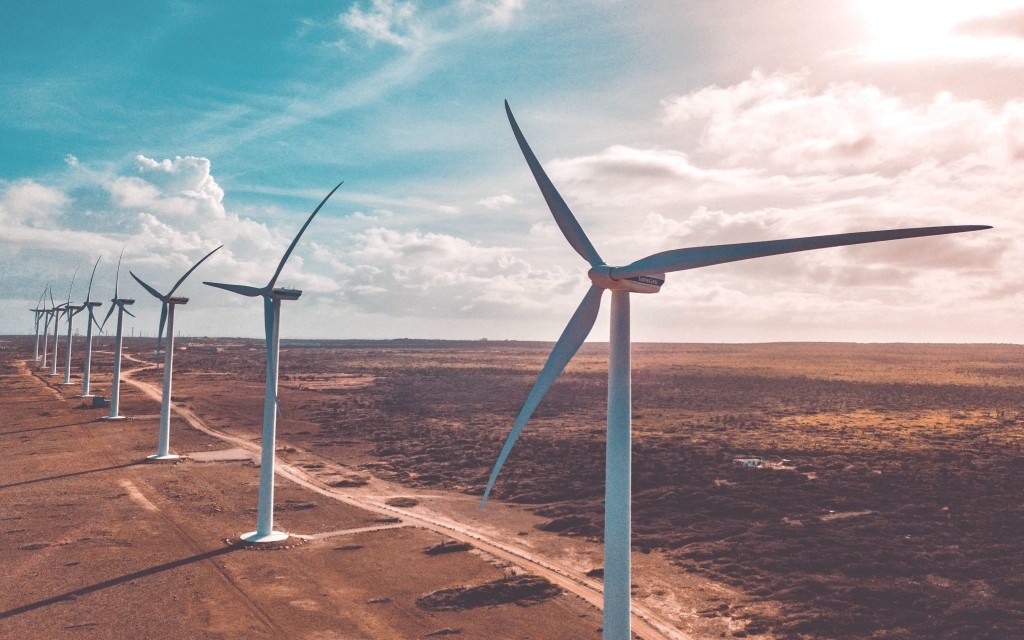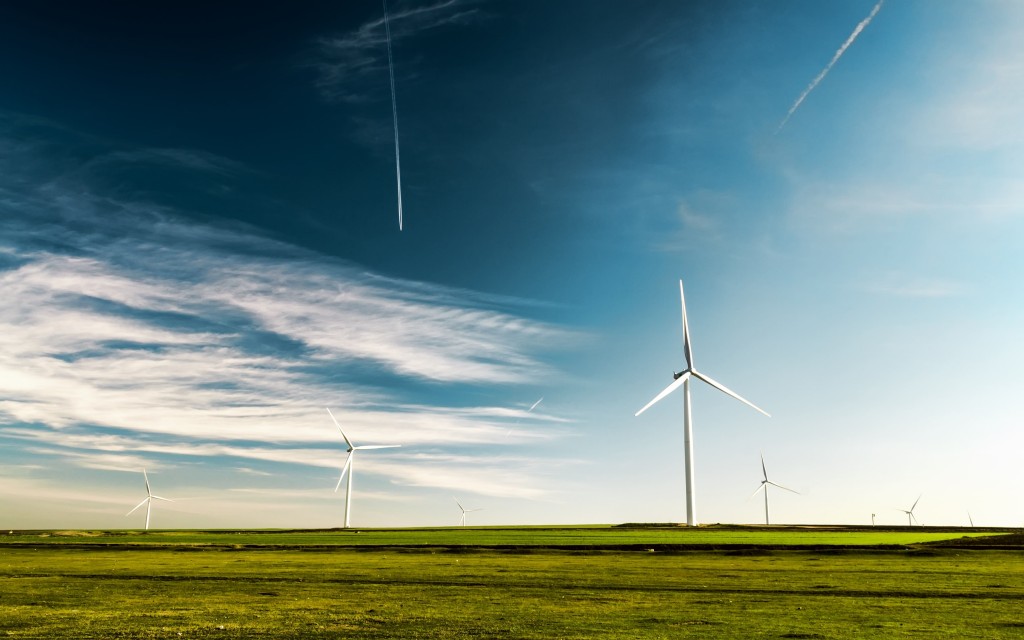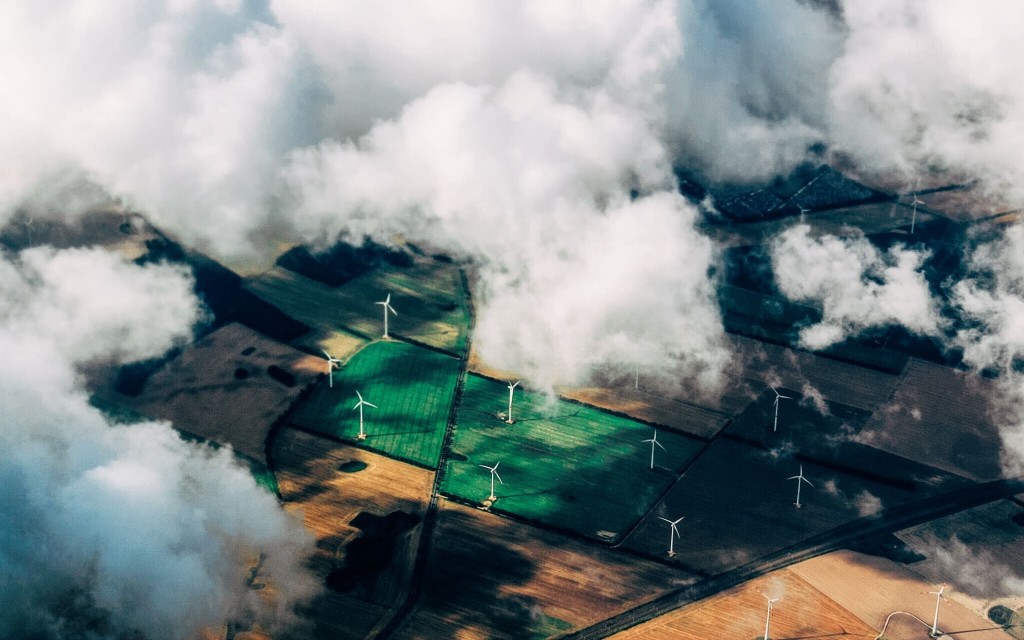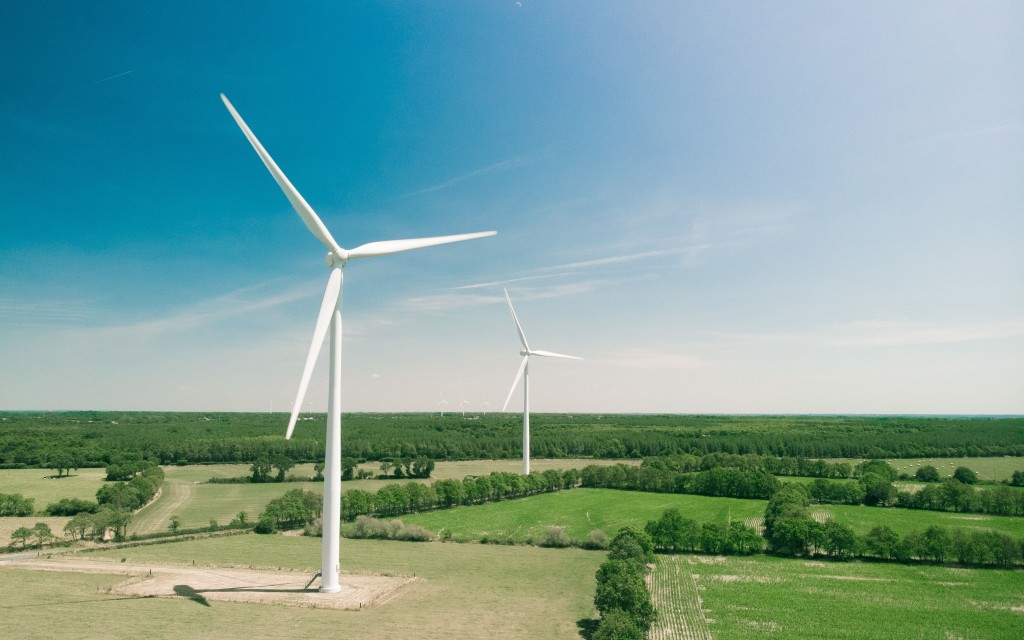Powering the Future: How Wind Turbines Convert Wind Energy into Electricity
How do wind turbines generate electricity? In a world where the demand for clean and sustainable energy is on the rise, wind power has emerged as a frontrunner in the quest for a greener future. Wind turbines, towering giants that harness the power of the wind, have become synonymous with renewable energy. But have you ever wondered how these magnificent structures actually work? In this article, we will delve into the fascinating world of wind turbines and explore how they effectively convert wind energy into electricity. From the intricate design of the turbine blades to the advanced technology used in the generators. We will uncover the inner workings of these marvels of engineering. Join us as we unravel the secrets behind the power of the wind, and discover how wind turbines are paving the way for a cleaner and more sustainable future.
How do wind turbines work?(How do wind turbines generate electricity)
Wind turbines are complex machines designed to convert the kinetic energy of the wind into usable electricity. The process begins with the wind blowing against the turbine blades, causing them to rotate. The blades are carefully designed to capture as much wind energy as possible, with a shape reminiscent of airplane wings. As the wind flows over the curved surface of the blades, it creates a difference in pressure, causing them to move. This movement is then transferred to the rotor, which is connected to a main shaft that spins a generator to produce electricity.
While the concept may seem straightforward, there are several key components that work together to ensure maximum efficiency. One such component is the pitch control system, which allows the angle of the blades to be adjusted based on wind conditions. This ensures that the blades are always positioned optimally to capture the most energy. Additionally, wind turbines are equipped with sensors and advanced control systems that constantly monitor the wind speed and direction, allowing for real-time adjustments to optimize power output.

Advantages of wind energy(How do wind turbines generate electricity)
Wind energy offers numerous advantages over traditional fossil fuel-based power sources. Firstly, wind is an abundant and renewable resource, making it a sustainable option for generating electricity. Unlike fossil fuels, wind energy does not produce harmful emissions or contribute to climate change. This makes it a cleaner and greener alternative that helps reduce our carbon footprint.
Wind power also provides energy independence, as it is not reliant on imported fossil fuels. This can help countries reduce their dependence on foreign oil and gas, improving national security. Additionally, wind energy can create jobs and stimulate economic growth in regions where wind farms are developed. From manufacturing and installation to maintenance and operation, the wind energy sector offers a wide range of employment opportunities.
Wind energy statistics and growth(How do wind turbines generate electricity)
The growth of wind energy has been nothing short of remarkable in recent years. According to the Global Wind Energy Council (GWEC), the cumulative installed capacity of wind power reached 743 gigawatts (GW) by the end of 2020, with China, the United States, and Germany leading the way. This represents a significant increase from just 24 GW in 2001, highlighting the rapid expansion of the industry.
Furthermore, the GWEC estimates that wind power could account for 20% of global electricity demand by 2030. This ambitious target is driven by the continuous advancements in wind turbine technology and the increasing demand for clean energy solutions. As countries around the world strive to meet their climate commitments and transition to a low-carbon economy. Wind energy is expected to play a crucial role in achieving these goals.
Types of wind turbines
There are several different types of wind turbines, each with its own unique characteristics and applications. The most common types include horizontal-axis wind turbines (HAWTs) and vertical-axis wind turbines (VAWTs). HAWTs are the traditional three-blade turbines that we often see in wind farms, while VAWTs have a vertical rotor shaft and blades that rotate around it.
HAWTs are generally more efficient and widely used due to their ability to capture wind energy from a wider range of wind speeds and directions. They are also more suitable for large-scale installations, where multiple turbines are connected to the power grid. On the other hand, VAWTs are often used in smaller-scale applications, such as residential or urban settings, where space is limited and wind conditions may be more variable.

Components of a wind turbine
A wind turbine consists of several key components that work together to harness the power of the wind. The tower serves as the support structure for the turbine, elevating it to capture the stronger winds at higher altitudes. The nacelle, located at the top of the tower, houses the main components of the turbine, including the rotor, generator, and control systems.
The rotor is the most recognizable part of a wind turbine, consisting of the hub and the blades. The hub connects the blades to the main shaft, while the blades themselves are carefully designed to optimize energy capture. Modern turbine blades are typically made from lightweight and durable materials like fiberglass or carbon fiber, allowing for maximum efficiency and durability.
The generator is responsible for converting the mechanical energy from the rotating rotor into electrical energy. It consists of a rotor and a stator, with the rotor spinning within a magnetic field created by the stator. As the rotor turns, it induces an electrical current in the stator, which is then collected and transmitted through power lines for distribution.
Wind turbine installation process
The installation of a wind turbine is a complex and meticulous process that requires careful planning and coordination. It begins with site selection, where factors such as wind resource, land availability, and environmental impact are taken into consideration. Once a suitable site is identified, the construction process can begin.
The first step involves the construction of the foundation, which provides stability and support for the turbine. This typically involves excavating a hole and pouring concrete to create a solid base. Once the foundation is in place, the tower sections can be installed, either by stacking them on top of each other or using a crane to lift them into position.
Once the tower is erected, the nacelle and rotor are installed at the top. This requires precision and expertise, as the components are large and heavy. Finally, the electrical connections are made, and the turbine is tested to ensure it is functioning properly. This includes checking the pitch control system, generator, and other critical components.
Challenges and limitations of wind energy
While wind energy has numerous advantages, it also faces certain challenges and limitations. One of the main challenges is the intermittent nature of wind itself. Wind speed and direction can vary greatly, leading to fluctuations in power output. This can pose challenges for grid integration and stability, as the power generated by wind turbines needs to be balanced with the overall demand.
Another limitation is the visual impact of wind turbines. While some people find them majestic and awe-inspiring, others may consider them eyesores that spoil the natural landscape. This has led to opposition and resistance to wind farm developments in some areas, highlighting the need for careful planning and public consultation.
Environmental impact of wind energy
Wind energy is considered one of the most environmentally friendly forms of electricity generation. Unlike fossil fuels, wind power does not produce greenhouse gas emissions or contribute to air pollution. This helps improve air quality and reduce the negative health effects associated with burning fossil fuels.
Wind farms also have a relatively small land footprint compared to other forms of power generation. The land between and around the turbines can still be used for agriculture or other purposes. Minimizing the impact on ecosystems and biodiversity. Additionally, wind energy does not require water for cooling, unlike conventional power plants, further conserving this precious resource.
Future advancements in wind turbine technology
The future of wind turbine technology looks promising, with ongoing research and development efforts focused on improving efficiency, reducing costs, and addressing current limitations. One area of innovation is in the design of turbine blades. Researchers are exploring new shapes and materials that can further enhance energy capture and reduce noise levels.
Advancements in control systems and sensors are also being made to optimize power output and improve grid integration. Artificial intelligence and machine learning algorithms are being used to analyze vast amounts of data and make real-time adjustments to turbine operations. This can help maximize energy production while minimizing downtime and maintenance costs.
Another area of interest is offshore wind energy. Offshore wind farms have the potential to generate vast amounts of electricity, with stronger and more consistent winds compared to onshore locations. Floating wind turbines are also being developed, which can be deployed in deeper waters where fixed foundations are not feasible.h

Conclusion
Wind turbines are remarkable machines that have revolutionized the way we generate electricity. By harnessing the power of the wind, they provide a clean and sustainable source of energy that helps combat climate change and reduce our dependence on fossil fuels. From the intricate design of the turbine blades to the advanced technology used in the generators. Wind turbines are a testament to human ingenuity and engineering prowess. As we continue to explore new advancements and push the boundaries of innovation, wind energy is poised to play an even greater role in powering the future. So the next time you see a wind turbine spinning gracefully in the breeze, remember the incredible journey that wind energy has taken to become a major player in the global energy landscape.
